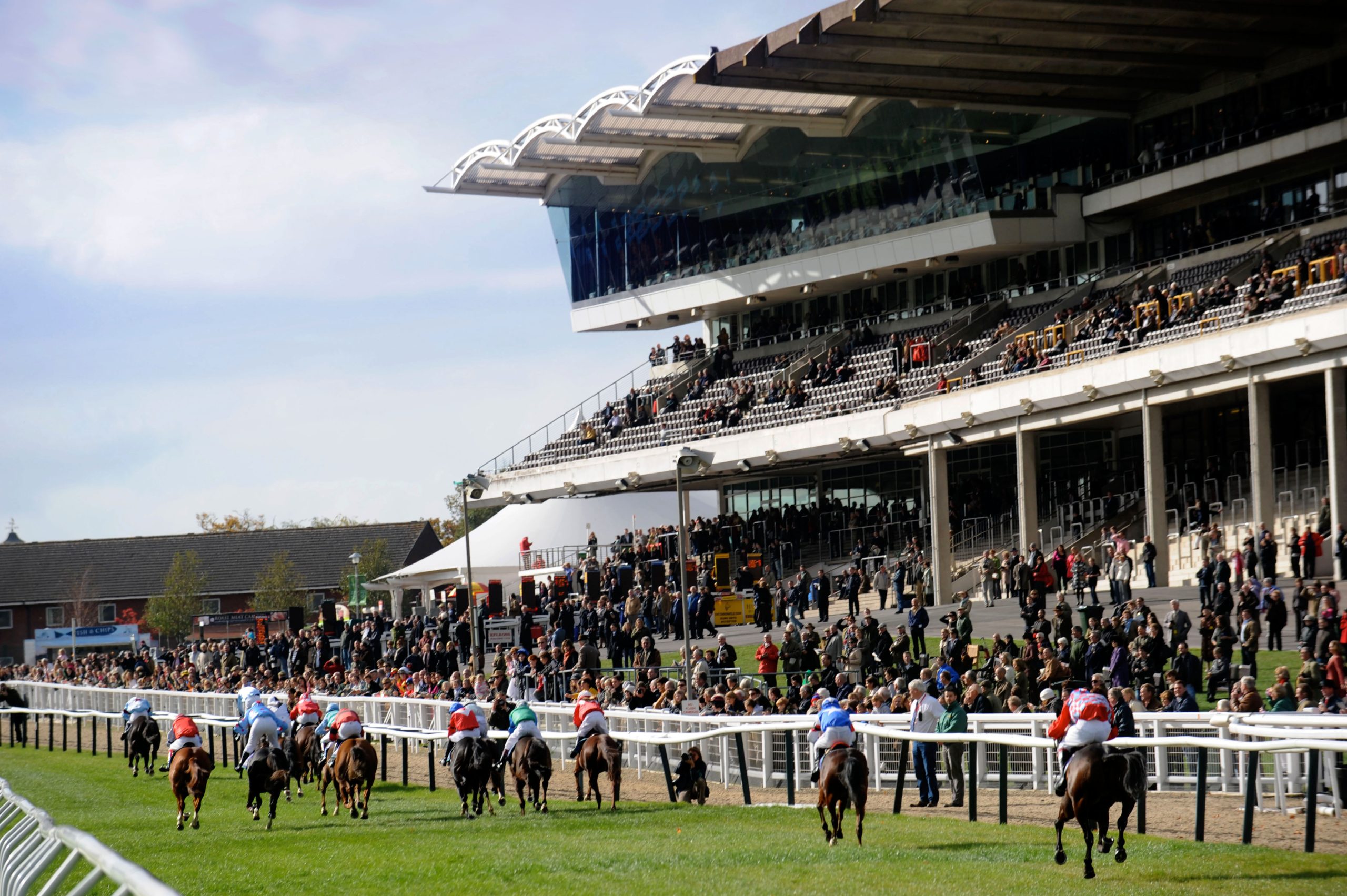
The sound of the race commentator, the rustling of newspapers, and the tension of a race being unfolded in real life-from the stands or off the television-have defined horse racing coverage for decades in the UK.
It was a sport steeped in tradition where access to racing information and results was confined to broadcasters and print media. However, everything has changed with today’s digital era, which is changing how the sport is reported, consumed, and shared.
Today, racing fans are invited to an entirely new level of access to live content, interactive content, and behind-the-scenes access. Digital channels are no longer the add-ons to traditional media; instead, they are recreating the experience of being a spectator and redefining sport, fan, and the new horse racing fan.
On-Demand and Streaming: The New Ways to View
One of the most notable ways digital technology has influenced the coverage of horse racing is through live streaming. The races that could only have been viewed on television or the racetrack can now be streamed live online, available to every fan and potential fan through mobile devices and computer web browsers.
These advancements have widened the inclusiveness of the sport and opened the door to fans being able to follow the races in real time, regardless of their physical location. Streaming users can now watch every stride, every jump, and every finish in as close to live-action high-def as is available on a mobile device, often from multiple views, including live announcer commentary.
Viewers can honestly now watch the exciting action on their smartphones as if they were in the grandstand. Platforms have even introduced interactive features such as instant replays and split-screen views, letting fans track several horses or races at once.
The rise of accessibility is paramount, especially for a younger demographic that has shifted from consuming sport via television to using digital devices. Accessibility has brought horse racing into the digital mainstream, comparable to the ways fans casually watch or are engaged in football, cricket, or Formula 1.
Data-Enabled and Real-Time Information
Digital platforms have also transformed how horse racing data is accessed and interpreted. Once confined to static race cards or print previews, race information is now updated in real time and delivered with analytical depth. From odds fluctuations and weather updates to live sectional timing and horse tracking technology, fans now have a wealth of information at their fingertips.
These have transformed not only coverage but how fans can engage with it: from detailed statistics regarding jockey performance, trainer history, and even biometric data from horses, the bettors, analysts, and casual followers have all been oriented toward an increasingly informed audience that is better at making data-driven predictions and participating in conversations with a greater degree of confidence.
Platforms like NetBet Sport exemplify how data and interactivity in horse racing have become integral to the modern fan experience. They offer real-time race updates, live odds, and expert analysis, facilitating fans in keeping up with the action from anywhere, not just the racetrack. This type of integrated coverage connects traditional race calling with immersive engagement and interaction using digital media.
Social Media and the Evolution of Fan Interaction
Social media has emerged as one of the most dominant tools in how horse racing is not only shared and consumed, but also formed. Twitter, Instagram, and TikTok now provide instantaneous updates, short-form content, and behind-the-scenes stories that broadcast cannot replicate.
Racing personalities, trainers, and jockeys are now able to connect with their dedicated fan base directly through social media platforms, providing straightforward anecdotes and views into the day-to-day life of the sport. This direct communication has made the racing world more approachable, creating personalities and narratives that extend beyond the track.
Live tweeting, short highlight clips, and fan conversations during major events like the Cheltenham Festival or the Grand National essentially turn social channels into secondary racecourses, venues where fans congregate, share opinions, and celebrate their winnings.
Podcasts, Blogs, and New Independent Journalism
Beyond official broadcasters, there is a growing group of independent creators. Podcasts, YouTube channels, and specialist racing blogs provide coverage that goes well beyond merely results and odds, to include analysis, discussion/interviews, and opinion pieces, and enrich fans’ understanding of the sport.
These voices add to reinforcing a wider democratic media landscape. Fans are now offered a variety of content to choose from that relates to their own knowledge/expertise or interest, from tactical breakdowns for the experienced punter to guides for beginners and those new to the sport. The flexibility of digital publishing has allowed passionate commentators to reach wide audiences without traditional gatekeepers.
Virtual Reality and the Future of Immersive Racing
As technology continues to progress, the next frontier for horse racing coverage has to do with immersive experiences. Virtual and augmented reality are starting to show up in digital broadcasts, situating fans at the starting line or following their chosen horse from the jockey’s point of view.
Imagine experiencing the Grand National as if you were part of the race or exploring the paddock in 3D before placing a bet. These innovations are at the very early stages of development and will completely redefine what it means to watch a race.
Coupled with wearable technology and live biometric feeds, the fans of the future may soon experience the thrill of the track in a way that was previously unimaginable-deepening their emotional connection to the sport while keeping it relevant in an ever-changing digital world.
Tradition Meets Technology
The transformation of horse racing coverage reflects the greater trend in sports media today: one that balances a commitment to tradition with embracing innovation. While the sports history and customs are still alive and well, we can easily see that horse racing has adapted to a society of instant access and interactive storytelling through digital platforms.
The brand of racing fan today no longer occupies a role solely as a viewer, but separates his/herself as an analyst, commentator, and storyteller. Horse racing has a social network feel due to technology, and it has changed from a “one-way” broadcast to a shared experience where every fan interacts, learns, and celebrates in real time.
Of course, the sound of hoof prints continues to echo across the turf, but now that sound is streaming through screens, streams, and feeds, reaching more fans than ever before.















